Description
About The Book
During my lifetime the election and demise of “recent” Pope has always intrigued me. The personality of the Pope has moulded the leadership style and the environmental atmosphere of the Roman Catholic Church. There was the contrasting personalities of the aristocratic, aloof Pope Pius Xll(1939 – 58) and his autocratic style of leadership with the jovial, down-to-earth personality and personable leadership style of Pope John XXIII (1958 – 63). There was the more gentle, tentative style of Pope Paul VI (1963 – 78) striving to lead the post Vatican II Church contrasts with the robust, determined style of John Paul II (1978 – 2005) who tried to restore the good ole days of certainty. The dour, intellectual personality of German Pope Benedict XVI (2005 -2013) contrasts with the warm, affectionate personality of south American Pope Francis (2013 – ?).
Pope Pius XII and Benedict VI were “centralizers”, while their immediate successors Pope John XXIII and Pope Francis were “decentralizes”. Something similar appears in the contrasting personalities and leadership styles of Pope Paul VI and Pope John Paul II. Yet all these Popes are either already canonized or are in the process of canonization. So while they are undoubtedly beloved of God, their human traits have not made them equally beloved of all Catholics. Pope John XXIII brought a breath of fresh air into the Church that seemed to be suffocated during the years of World War II and its aftermath in the Cold War by Pope Pius XII. Pope Francis has brought a breath of fresh air of freedom in a Catholic Church stifled by 35 years of restoration and seeming autocracy and suspicion of modernity by his two predecessors.
But all this tension between Catholic Church leaders and their operating styles, erupted even during the time of the two founding fathers of the Church – Peter and Paul. While Peter represented the “rock” of stability, Paul signified the breath of the Spirit of freedom and creativity. Evidently, God ensures the need of the two elements in the Church: the stability of the institutional element provided by Peter and the release of the creative, “charismatic” element of Paul.
The “Glimpses of Recent Popes” over the last more than 100 years reveals the dynamic tension and oscillating priority between the institutional element of stability at one time and the liberating creativity of the charismatic element at other times.
CONTENTS
INTRODUCTION
SECTION ONE
THE UNMAKING OF A POPE
Dominus Jesus Papacy?
Dominus Jesus and the Church in Asia
The Shape of Pope Benedict XVI’s Papacy
The practical ecumenism of Benedict’s pontificate
Pope Benedict’s concern with Europe
Full unity
Mosque visit
Use of Condoms?
Married Priests?
Changes in Holy Wedlock for Priests
SECTION TWO
THE MAKING OF A NEW POPE
A number of firsts
Bergoglio and the dirty war in Argentina (1973 — 1979)
Pope Francis, a bridge builder between tradition and modernity
SECTION THREE
ARE ALL POPES SAINTS?.
Miracles for the canonization of Pope Pius X
Pope John XXIII (1958-63) miracle
Miracle of Pope Paul VI (1963-78)
The controversies about his reign
Pius XII’s seminal reforms bloomed during Vatican II
His roadmap for renewal.
His “signs of the times” spirituality
His vision for the Second Vatican Council
His last encyclical Pacem in Terris
His eight encyclicals
His election as Pope Paul VI
Dialogue with the world.
Dialogue with Protestants
He internationalized the college of cardinals during his pontificate
He elevated cardinals for the “third world.”
The Aldo Morro Affair
Bishop, Patriarch and Cardinal.
Pope John Paul I.
Pope John Paul I’s six point plan.
Impressions of his 33 day pontificate.
The direction of his pontificate
The watershed in 1989.
From progressive to conservative theologian.
The fundamental challenge of the dictatorship of relativism.
The choice of his name Pope Benedict XVI.
Unity with other Christian Churches.
The Challenge of Asian Theology.
Challenge of “Guiltless Divorcees”
The Challenge of Collegiality
The dialogue with other civilizations.
The Future of Christianity: bridging the North-South divide.
The Church “from above” and “from below.
Decentralizing the Vatican bureaucracy.
Towards a world Church.
Internationalizing the Church
From hierarchic pyramid to Christian community.
The Signs of the Times: the Church of the Poor
The challenge to become the Church of the Poor
Christendom model vs Church of the Poor model
This “irruption of the poor” constitutes a new
and authentic democratic movement.
Pope’s Saying (Evangelii Gaudium)
The Francis Effect
Canonization process of Pope John Paul I (1978 for three weeks)
The miracle of John Paul II (1978-2005)
Miracles vs Medicine: The Process of Canonizing Saints
SECTION FOUR
GLIMPSES INTO UNIQUENESS OF RECENT POPES
Early life.
Election as Pope
The turbulent years of World War II (1939-45)
CONCLUSION.
In awe of Pope Pius XII
Reminiscing Pope John XXIII
Pope Paul VI, my favorite Pope
My brief teaching career
Meeting Pope John Paul II
Remembering Pope Benedict XVI
Pope Francis, a breath of fresh air
Church teaching on contraception
The issue of clerical celibacy
The lurking evil of clericalism
Last thought
Vatican II finds its way: the first session
About the Author
Fr Desmond de Sousa is an Indian priest belonging to the Congregation of the Most Holy Redeemer popularly called the Redemptorists. Ordained in 1966, just after the close of Vatican II, he holds a Master’s degree in Social Work with specialization in so-cial science research. He has taught Church history, Social Analysis and Catholic Social Teaching for most of his priestly life. He has lectured, conducted retreats and seminars all over the world. During his priestly life he has been involved in grassroots struggles of fishermen, farmers, migrants and many such socially marginalized groups. He was Executive Secretary of the Office of Human Development (OHD) of the Fed-eration of Asian Bishops (FABC) for 10 years during the 1980s and co-ordinated the Asia-Pacific national offices of Caritas Internationalis. He then became Executive Secretary of the Ecumenical Coalition on Third World Tourism (ECTWT), now called Ecumenical Coalition on Tourism (ECOT), a coalition of continental Catholic and Protestant Churches of Asia, Africa, Latin America, the Caribbean, the Pacific and the Middle East Conference of Churches in the 1990s. During his tenure he participated in the setting up of ECPAT, formerly known as the global network campaigning to End Children Prostitution in Asian Tourism, now renamed End Child Prostitution and Trafficking. In this position, he has travelled widely all over the world. Back in India over the last 20 years he has been involved in teaching and lecturing on the social dimension of the Gospel: the relevance of the Scriptures for the social issues of today. He has worked in solidarity with marginalized groups like domestic workers, migrants, seafarers and fish-workers. He is a prolific writer in newspapers, magazines and scholarly journals as well as having four resource books to his credit on varied topics like religious life, Catholic Social Teaching and solidarity with the poor. He now lives in the Redemptorist community house in Goa, India.
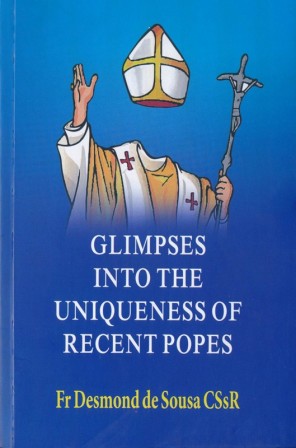
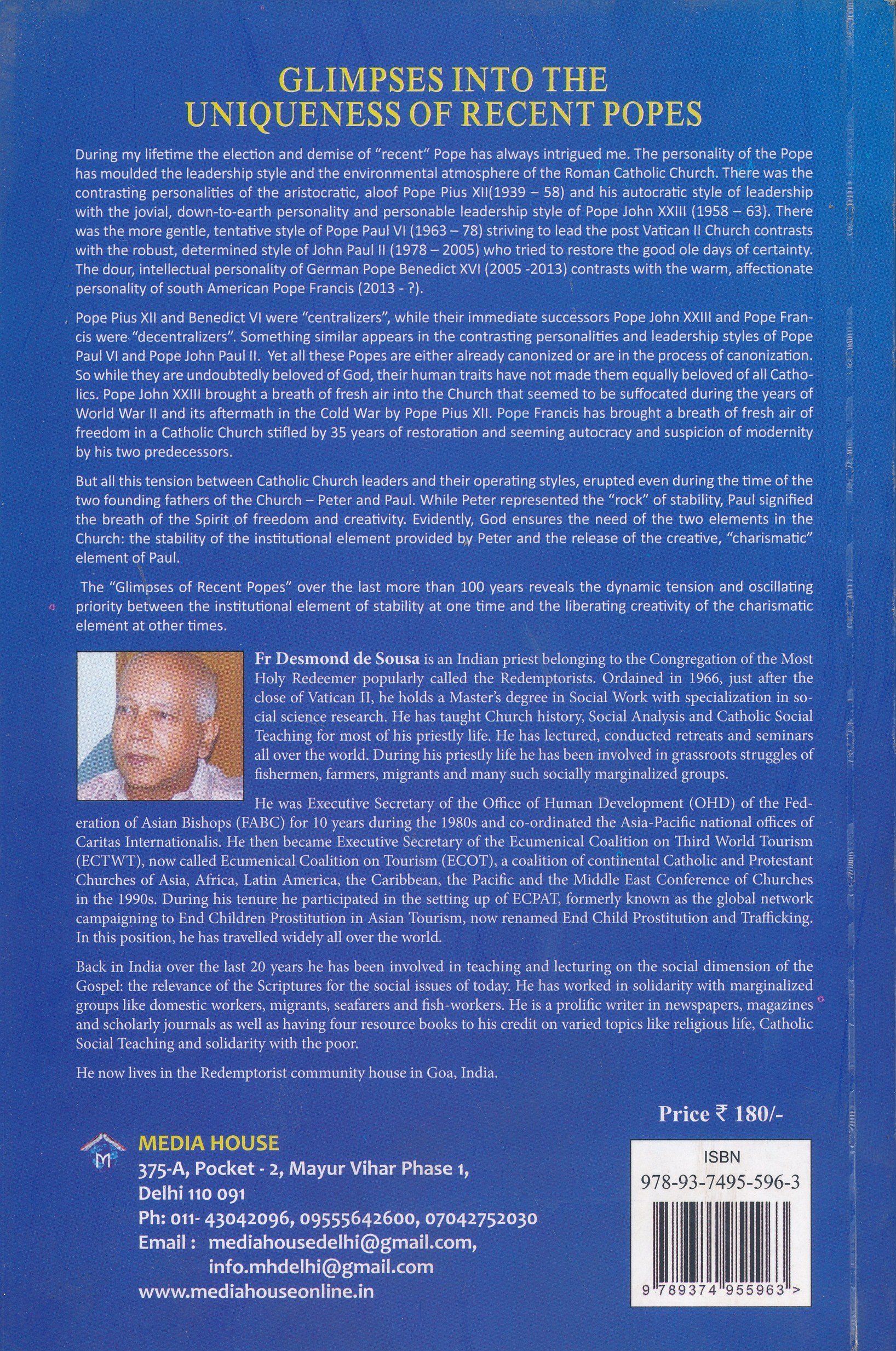
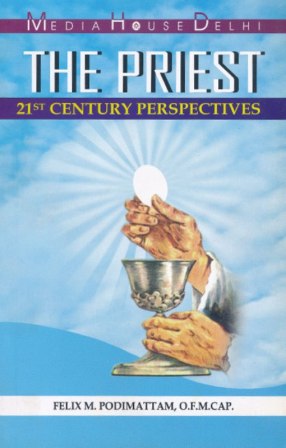
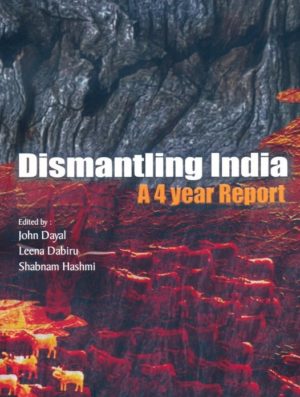
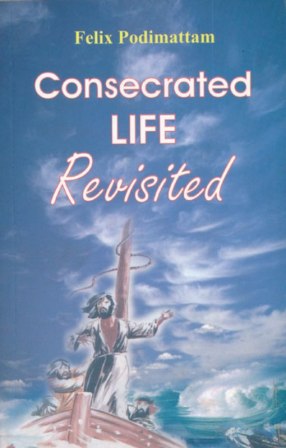
Reviews
There are no reviews yet.